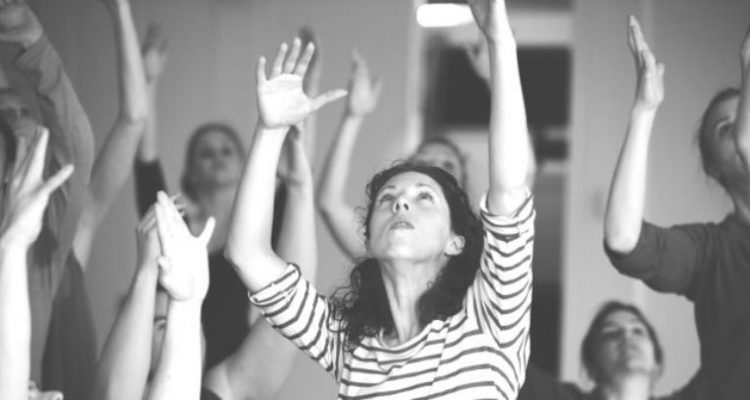Imogen Aujla PhD, Senior Lecturer in Dance and Course Coordinator MSc Dance Science at the University of Bedfordshire, writes about the well-being outcomes of dance and the positive impact our inclusive syllabus IRIS could have in promoting physical and mental health for disabled people.

Members of a youth dance group dancing in the studio.
Physical activity levels in Western societies are in decline. This has serious implications for the long-term health of a generation, as physical activity plays a key role in disease prevention, fundamental motor skills, and cognitive function. A number of studies have found that physical activity rates among disabled people are lower than in the general population. This may have even more serious implications, as a lack of physical activity can exacerbate existing impairments, decrease cardiovascular health, and reduce functional mobility for everyday tasks.
There are several reasons for these low levels of physical activity among the disabled population, including exclusion (e.g. disabled children may be excluded from participating in school PE classes by well-meaning gatekeepers), physical access and logistical problems. However, the benefits of taking part in physical activity mean that it is well-worth the effort to overcome these barriers. Sport science studies have reported increases in aerobic fitness, muscular strength and endurance, gross motor function, and mobility as a result of engagement in sport. Although there is less research about the impacts of dance, studies indicate that dance can improve the flexibility, daily functioning and mobility of disabled participants. Equally as important, dance can influence the psychological well-being of disabled people, as it can improve mood, self-esteem, and social networks. Dance also provides opportunities for self-expression and creativity, both of which are important for psychological well-being.
In this context, Stopgap Dance Company’s pilot of a research-informed syllabus IRIS would help address these physical and mental health issues. The National Inclusive Dance Network is working to improve the opportunities currently available for disabled dancers and young people also. With initiatives like these in place, there has never been a better time for disabled people to get involved in dance and improve their well-being.




